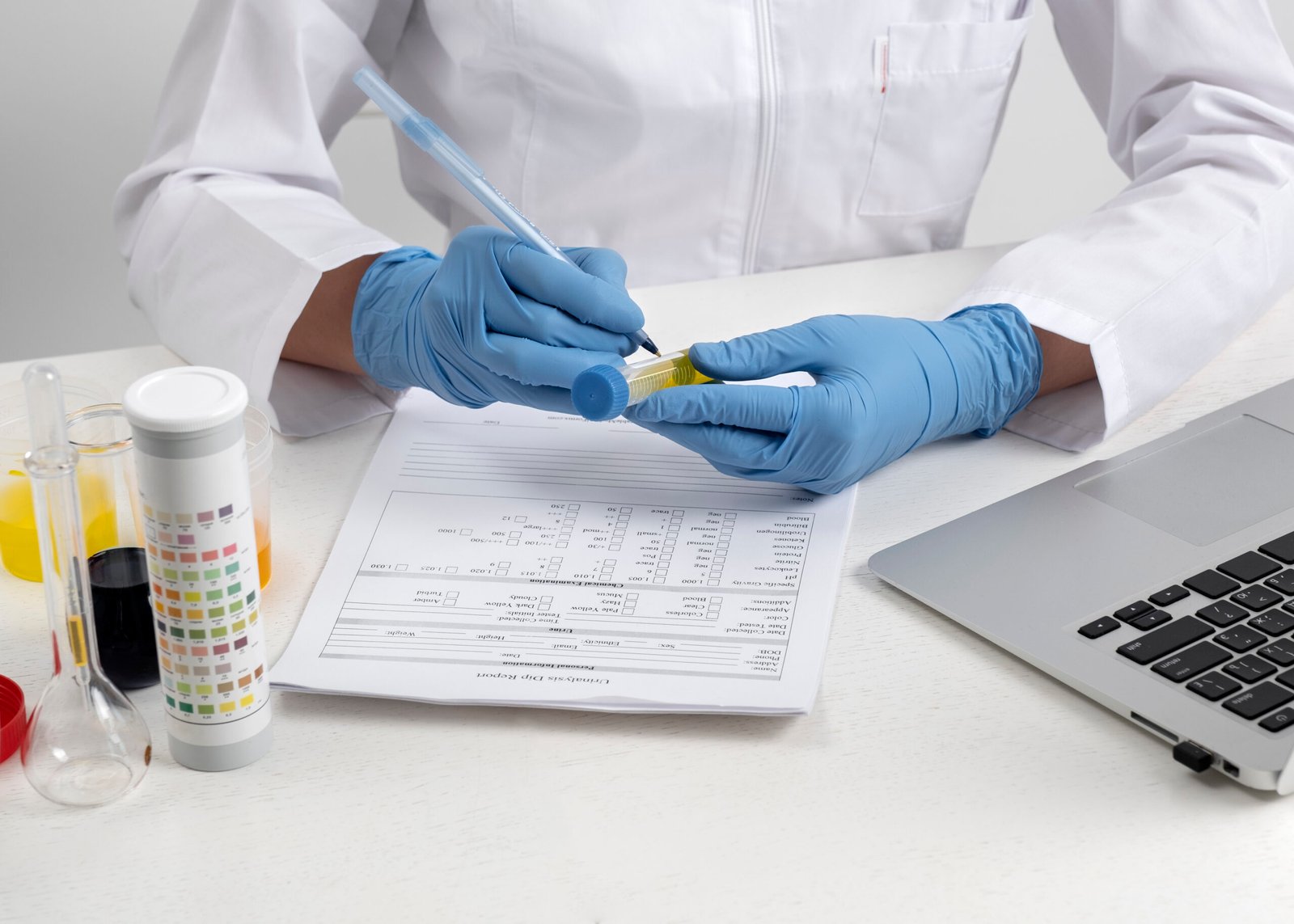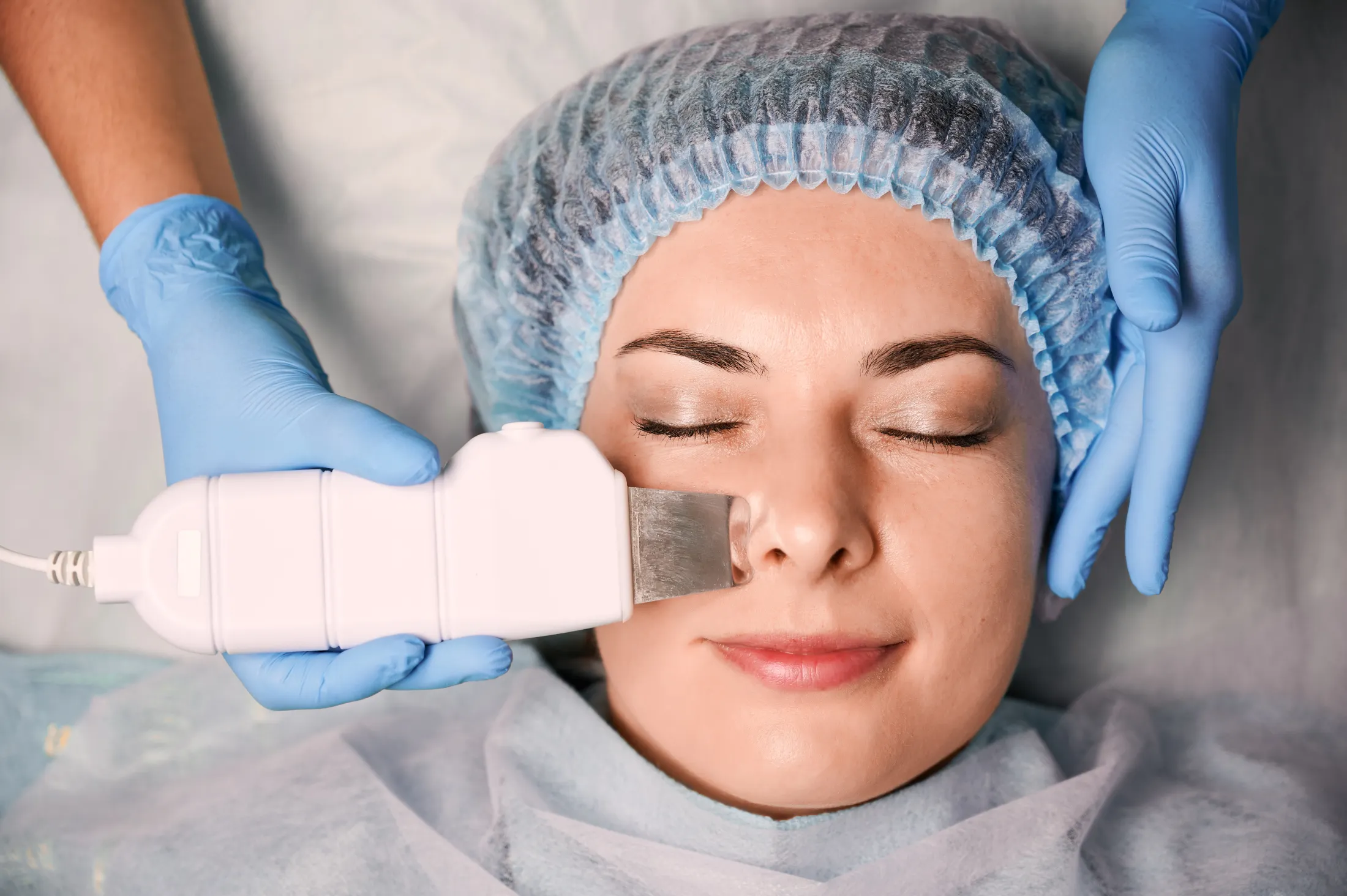Among the critical quality assurance steps, Release Testing stands out as a gatekeeper, ensuring that each product batch meets strict regulatory and quality standards before it reaches patients. With increasing advancements in Cell and Gene Therapy (CGT) and biologics, the role of Release Testing has grown even more significant. This article explores the importance, components, and compliance aspects of Release Testing in modern biomanufacturing.
What is Release Testing?
Release Testing, often referred to as lot release testing or final product testing, is the process of analyzing and confirming that a manufactured drug product adheres to predefined specifications. These specifications are typically aligned with regulatory expectations and product development goals, encompassing safety, identity, purity, potency, and sterility.
Before a product batch is cleared for distribution or clinical use, it undergoes a series of rigorous tests conducted in Good Manufacturing Practice (GMP)-compliant environments. Failing to meet these standards means the batch must be rejected or reprocessed, underscoring the high stakes of release testing.
Why is Release Testing Crucial in Biopharma?
Biopharmaceuticals—including monoclonal antibodies, vaccines, viral vectors, and cell-based therapies—are complex biological products derived from living organisms. Variability is inherent in biological systems, making robust testing essential to verify consistency and compliance.
Some key reasons why Release Testing is indispensable include:
Patient Safety: Confirming the absence of contaminants such as endotoxins, mycoplasma, or adventitious viruses.
Regulatory Compliance: Meeting standards set by authorities like the FDA, EMA, or WHO.
Product Integrity: Verifying stability, potency, and correct labeling before usage.
Types of Release Testing in Biopharmaceuticals
This is typically encompasses a range of analytical and microbiological assays. The exact battery of tests varies based on the nature of the therapeutic product, but common categories include:
1. Identity Testing
Ensures that the product is what it claims to be, typically using molecular assays such as PCR or flow cytometry for cell-based products.
2. Purity and Impurity Testing
Detects impurities like host cell proteins (HCPs), DNA residues, and aggregates that may pose health risks. Tools like HPLC or mass spectrometry are commonly employed.
3. Potency Testing
Measures the biological activity of the product. For biologics and CGTs, this may involve in-vitro bioassays or cytotoxicity assays.
4. Sterility Testing
Vital for injectable products, sterility testing checks for microbial contamination using techniques like membrane filtration and direct inoculation.
5. Endotoxin and Mycoplasma Testing
Endotoxins from Gram-negative bacteria and mycoplasma contamination can compromise both product safety and efficacy. LAL tests are the standard for endotoxins.
6. Adventitious Agent Testing
In cell-derived therapies, it’s crucial to screen for viruses and other adventitious agents to prevent unintended transmission.
Regulatory Expectations and Compliance
Health authorities around the world place immense importance on release testing, requiring companies to provide validated methods, detailed SOPs, and comprehensive documentation. Notable guidelines include:
ICH Q6B: Covers specifications for biotechnological/biological products.
FDA and EMA Guidance: Outline expectations for biologics and CGT products regarding release testing protocols.
Maintaining compliance with these standards necessitates skilled personnel, validated analytical platforms, and proper documentation through electronic batch records and quality management systems (QMS).
Challenges in Release Testing
Despite its necessity, Release Testing poses challenges in cost, complexity, and time:
Time Constraints: This cycles can delay product release, especially in fast-track therapies.
Cost-Intensive: Sophisticated assays and quality labs require substantial investment.
Product Complexity: New modalities like CAR-T or iPSC-derived therapies demand novel testing strategies.
Overcoming these challenges involves strategic planning, automation, and in some cases, outsourcing to Contract Development and Manufacturing Organizations (CDMOs) that specialize in GMP testing.
Trends and Innovations in Release Testing
The future of Release Testing is evolving with technological advancements and digital integration:
Automation & Robotics: Speeds up testing processes and reduces manual errors.
Rapid Microbial Methods (RMMs): Allow faster detection of contaminants compared to traditional culture-based techniques.
Integrated Quality Systems: Linking laboratory data with manufacturing execution systems (MES) for real-time decisions.
In-Process Testing Integration: Shifting some assays upstream during manufacturing to reduce turnaround time.
These innovations not only enhance efficiency but also support agile biomanufacturing—especially crucial in pandemic responses and personalized medicine.
Final Thoughts
As biopharmaceuticals continue to revolutionize medicine, the importance of Release Testing cannot be overstated. It serves as a critical checkpoint ensuring that patients receive safe, effective, and high-quality therapies. With regulatory scrutiny increasing and biologic products becoming more complex, companies must adopt robust this strategies, embrace innovation, and maintain stringent GMP practices.
Xellera Therapeutics, a leading CDMO focused on Cell and Gene Therapy and Advanced Therapy Products (ATP), offers end-to-end GMP-compliant this services as part of its integrated manufacturing solutions. With a commitment to quality and compliance, Xellera ensures that every batch meets the highest standards before it reaches patients.
















Leave a Reply